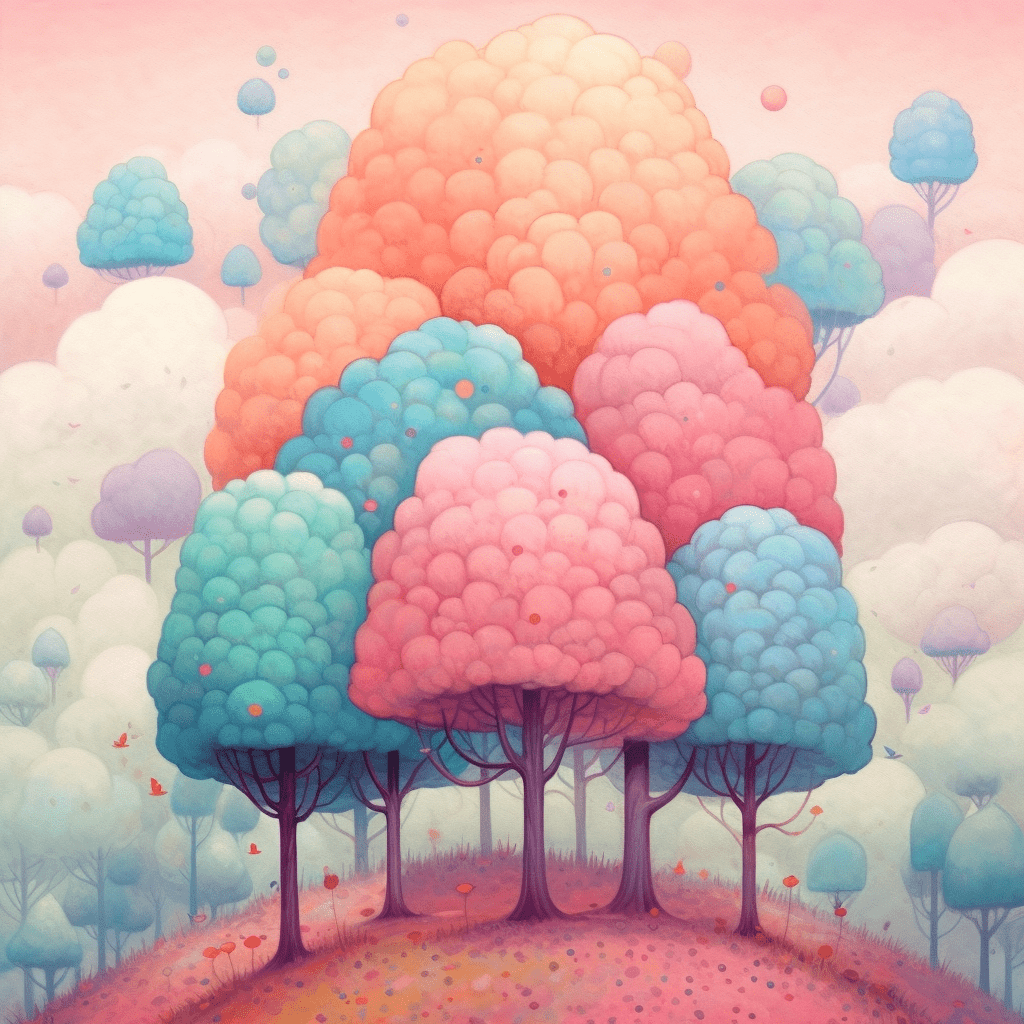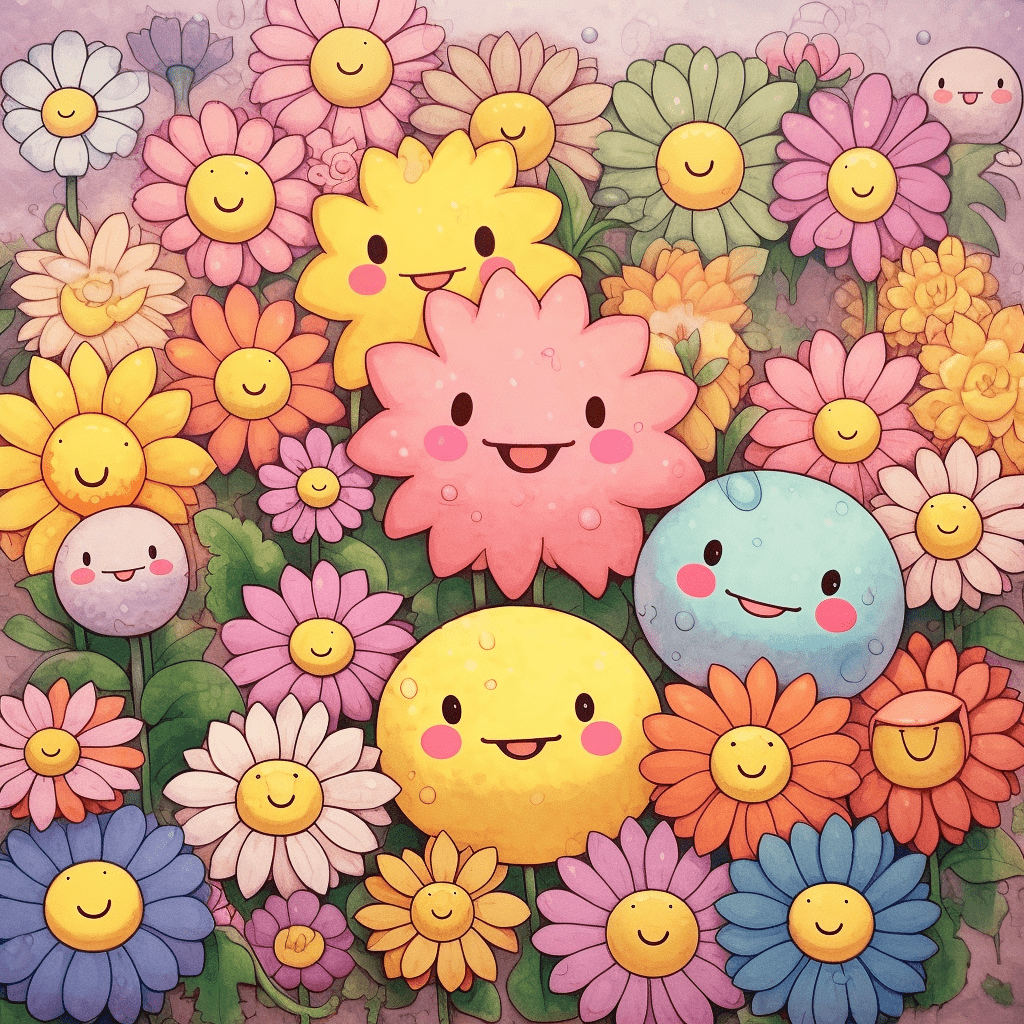In today’s digital era, the internet is overflowing with creative talent. Artists, photographers, musicians, writers, and creators of all kinds are sharing their work online, often for free. But what if there was a way for these creators to monetize their digital art effectively and efficiently? Enter the world of Non-Fungible Tokens (NFTs).

Demystifying NFTs
NFTs, short for non-fungible tokens, have revolutionized the digital art world, introducing an entirely new avenue for creators to generate income from their works. Unlike fungible tokens like Bitcoin or Ethereum, which are identical and can be exchanged on a like-for-like basis, NFTs are unique. Each NFT has specific information or attributes that make it different from any other token. In essence, NFTs are digital certificates of authenticity and ownership tied to a specific digital item.
Generating NFTs: A New Revenue Stream for Artists
Generating NFTs of your digital art provides an exciting opportunity for artists to monetize their creations. Digital art pieces are tokenized, effectively turning them into unique digital assets that can be bought, sold, or traded on various blockchain platforms. This means artists can sell their work directly to consumers without the need for intermediaries, such as galleries or auction houses, often resulting in a higher percentage of the sale price going directly to the artist.
Additionally, NFTs introduce the possibility for artists to earn royalties each time their artwork is resold. The smart contract technology underlying NFTs allows artists to automatically receive a percentage of sales every time their artwork changes hands, a feature typically absent in the traditional art market.
Steps to Generate NFTs

To generate NFTs from your digital creations, you’ll need to follow a few basic steps.
Choose the Right Blockchain
Firstly, it’s essential to select the appropriate blockchain for your NFT. Ethereum is the most popular and widely used blockchain for creating NFTs due to its advanced smart contract capabilities, but it’s not the only option. Other blockchains like Binance Smart Chain, Flow, or Tezos also support NFTs and might be more cost-effective due to lower transaction fees.
Create a Digital Wallet
Before you can create an NFT, you’ll need a digital wallet to store your tokens. Wallets like MetaMask, Trust Wallet, or Coinbase Wallet are popular options that support various cryptocurrencies and are compatible with most NFT marketplaces.
Mint Your NFT
“Minting” is the process of turning your digital asset into an NFT on the blockchain. Several platforms allow you to mint your NFTs, such as OpenSea, Mintable, or Rarible. These platforms provide an easy-to-use interface where you upload your digital creation, fill in the details about your work, and mint it into an NFT. Remember that minting an NFT involves a transaction on the blockchain, so there will be a fee (gas fee) involved.
List Your NFT for Sale
After you’ve minted your NFT, you can list it for sale on various NFT marketplaces. These platforms allow users to browse different NFT collections, bid on them, and purchase them. When you list your NFT, you can set a fixed price, or you can choose to auction it to the highest bidder.
Embracing the Potential of NFTs

By learning how to generate NFTs and understanding the value they bring, creators can unlock a new level of financial sustainability and independence. Whether you’re a digital artist, musician, writer, or content creator, NFTs offer a new and exciting way to monetize
your work in the digital world. As an artist, it’s crucial to remain adaptable and open to these new opportunities. The world of NFTs may seem complex initially, but with a little effort and understanding, it’s an arena ripe with potential for creators worldwide.
Understanding Legal and Environmental Considerations
While the potential of NFTs is exciting, there are also important considerations to keep in mind. For one, the legal landscape around NFTs remains murky. Issues around copyright, ownership, and intellectual property rights are still being worked out, so artists and buyers alike should familiarize themselves with current regulations and ensure they’re acting within legal bounds.
Additionally, NFTs have come under scrutiny for their environmental impact. Minting NFTs on blockchains like Ethereum involves computationally intensive processes, which contribute to high energy use and carbon emissions. However, many in the space are actively working on more sustainable alternatives and solutions, like proof-of-stake blockchains and carbon offsetting.
Beyond Art: Expanding the Scope of NFTs
While the art world was the first to truly embrace NFTs, the concept of unique, digital ownership is beginning to expand into other areas. Music, real estate, virtual goods, and even tweets have been tokenized and sold as NFTs. As the technology matures, we can expect to see the continued evolution and expansion of NFTs into other aspects of our digital lives.
Adapting to a New Digital Economy
For creators, the rise of NFTs represents a dramatic shift in how art is valued and monetized in the digital realm. As with any disruptive technology, it comes with its own set of challenges and uncertainties, but also immense possibilities. By understanding how to generate NFTs, artists can begin to explore this new frontier in the digital economy and potentially unlock new avenues for creativity and revenue generation.
In the Midst of Change: Towards a Digital Future

The explosion of NFTs onto the digital scene symbolizes a broader shift towards an increasingly digitized economy. In the same way that the internet radically transformed the way we communicate, blockchain and NFTs are beginning to redefine notions of value, ownership, and monetization in the digital space. Artists and creators willing to navigate this evolving landscape will be at the forefront of an exciting new era of digital creativity.
